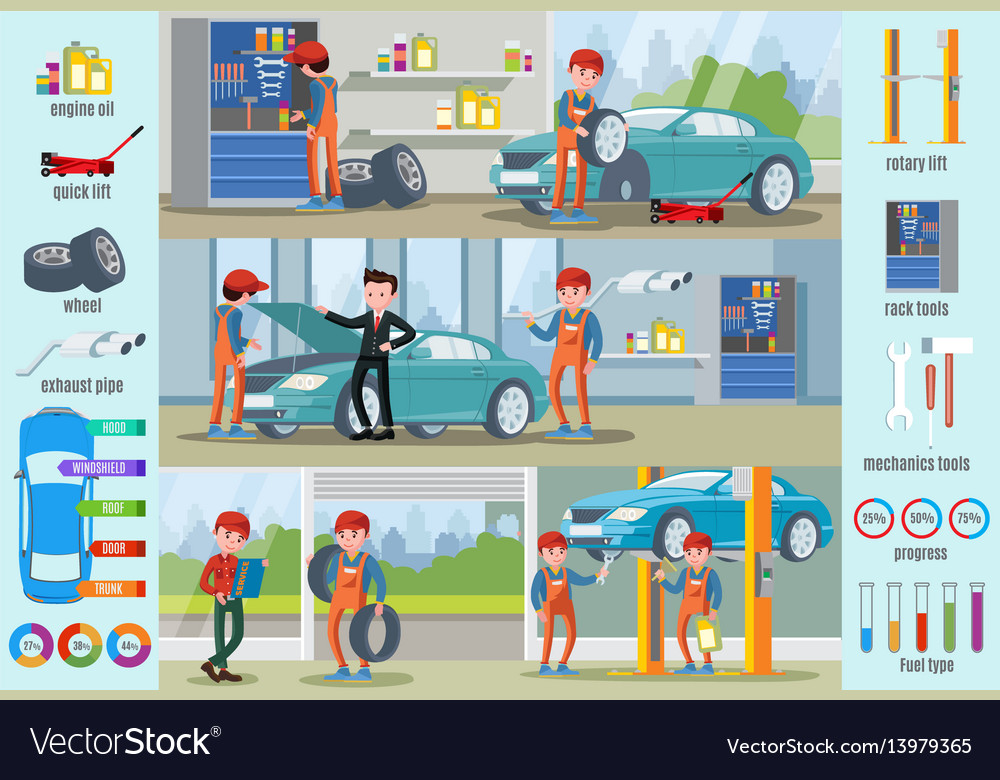Decoding Your Automobile'S Caution Indicators: What They Genuinely Signify
Decoding Your Automobile'S Caution Indicators: What They Genuinely Signify
Blog Article
Post Writer-Lauritsen Shepherd
When you're behind the wheel, those beautiful caution lights on your dashboard can be a little bit difficult. Do you recognize what they're trying to tell you regarding your automobile's health? Recognizing the importance of these lights is crucial for your safety and security and the durability of your lorry. So, car deatling following time one of those lights appears, would not you want to analyze its message accurately and take the necessary actions to address it?
Common Caution Lighting and Interpretations
Recognize usual warning lights in your vehicle and comprehend their definitions to ensure secure driving.
One of the most regular caution lights consist of the check engine light, which signifies problems with the engine or emissions system. If this light comes on, it's essential to have your car examined immediately.
The oil stress cautioning light indicates low oil stress, needing immediate focus to prevent engine damage.
A blinking battery light might suggest a malfunctioning billing system, potentially leaving you stranded if not dealt with.
The tire stress monitoring system (TPMS) light notifies you to low tire pressure, influencing automobile stability and gas efficiency. Ignoring this can bring about unsafe driving conditions.
The ABS light shows a problem with the anti-lock stopping system, compromising your capacity to quit promptly in emergency situations.
Lastly, the coolant temperature level cautioning light warns of engine getting too hot, which can result in severe damages if not solved quickly.
Comprehending these typical warning lights will certainly aid you deal with concerns quickly and preserve secure driving conditions.
Relevance of Prompt Attention
Recognizing the common caution lights in your automobile is only the primary step; the value of immediately attending to these warnings can not be emphasized enough to guarantee your security on the road.
When a caution light illuminates on your dashboard, it's your cars and truck's way of interacting a potential concern that requires attention. Neglecting these cautions can bring about extra extreme troubles later on, jeopardizing your safety and security and potentially costing you a lot more in repairs.
Prompt interest to alerting lights can protect against malfunctions and crashes. For instance, a flashing check engine light could suggest a misfire that, if left unattended, can trigger damages to the catalytic converter. Resolving salty car cleaning can save you from an expensive repair service.
Similarly, a brake system alerting light could indicate reduced brake fluid or used brake pads, crucial parts for your safety when driving.
Do It Yourself Troubleshooting Tips
If you observe a caution light on your control panel, there are a few DIY repairing ideas you can attempt before looking for professional help.
The initial step is to consult your cars and truck's guidebook to comprehend what the details caution light suggests. In some cases the issue can be as easy as a loose gas cap triggering the check engine light. Tightening the gas cap might solve the issue.
One more usual problem is a reduced battery, which can activate different warning lights. Examining the battery links for corrosion and guaranteeing they're secure may repair the problem.
If a caution light lingers, you can try resetting it by separating the car's battery for a few mins and then reconnecting it. In addition, examining your automobile's liquid degrees, such as oil, coolant, and brake liquid, can help fix cautioning lights connected to these systems.
Verdict
Finally, recognizing your vehicle's caution lights is crucial for keeping your automobile running smoothly and safely. By without delay dealing with these alerts and understanding what they mean, you can prevent costly repair work and possible malfunctions.
Bear in mind to consult your vehicle's handbook for certain details on each alerting light and take action as necessary to guarantee a trouble-free driving experience.
Remain notified, stay safe on the road!
